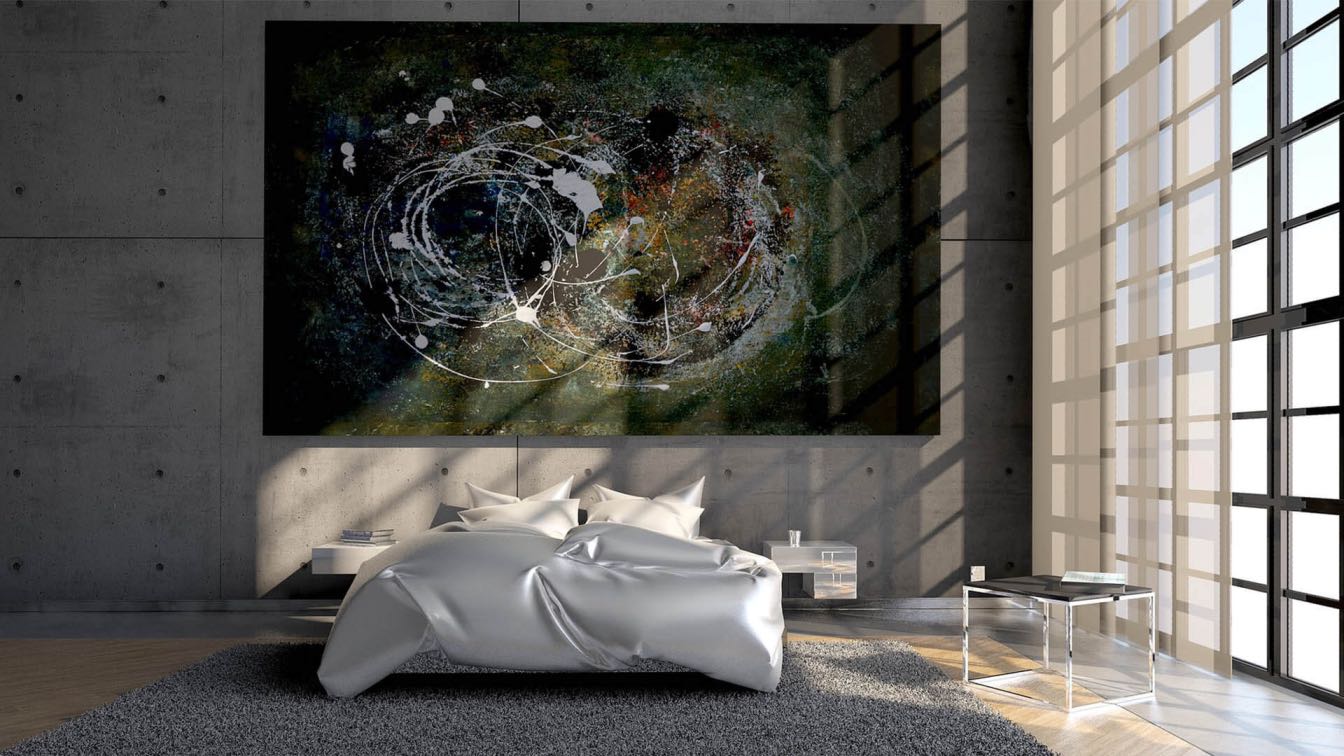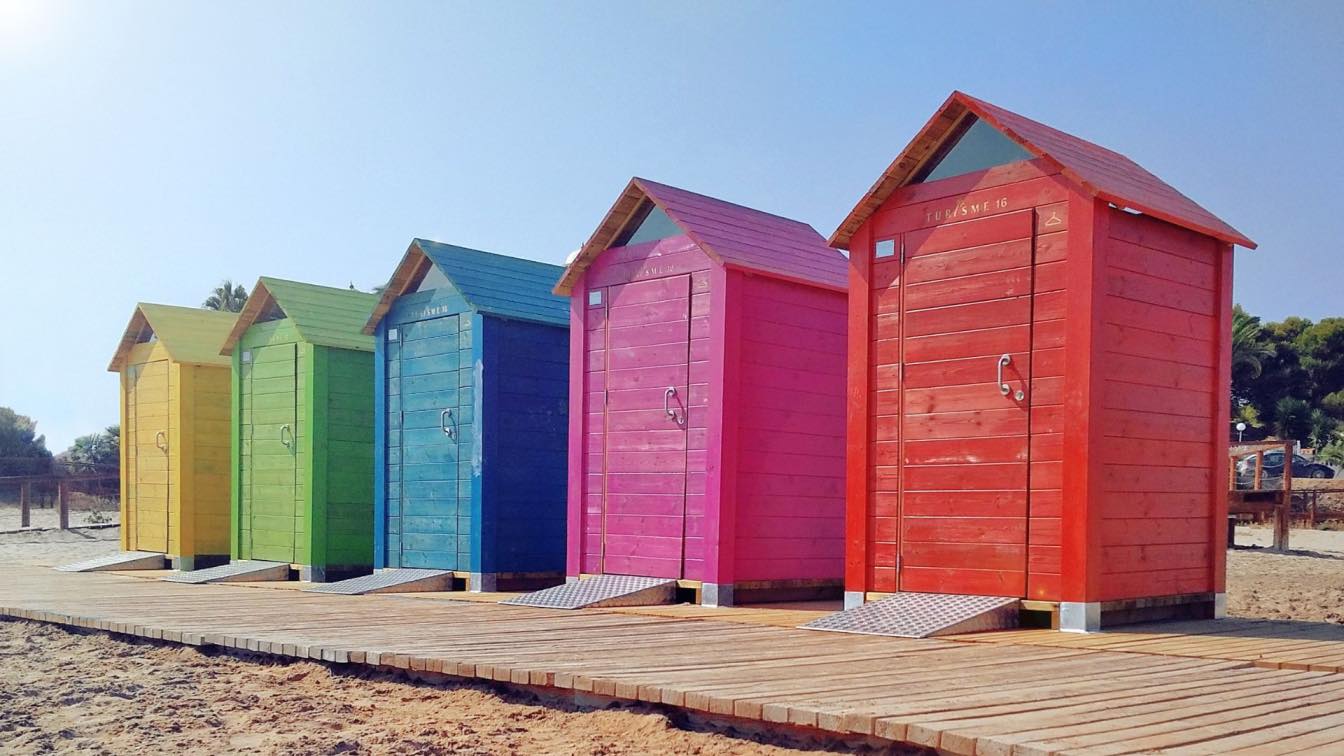Designing a high-rise commercial building is a complex task that requires careful consideration of various factors such as structural stability, fire safety, energy efficiency, aesthetics, and functionality. Particularly the facade plays an important role in its aesthetic appeal and functionality. They are the visible outer envelopes of the buildings, and their design affects the building's first impression, energy efficiency, and sustainability.
Before diving into specific design details, it is important to establish an overall theme that aligns with the building's purpose and brand identity. This theme can be inspired by the surrounding environment, architectural precedents, or unique architectural features. By selecting a coherent theme, the facade design can create a sense of unity and harmony throughout the building.
One of the key aims of a modern and innovative facade design is to maximise natural light and ventilation within the building. Without adding additional heat load to interiors, this can be achieved by incorporating thermal/ reflective properties to large windows or glass walls that flood the interior spaces with natural light and provide breath-taking views to the outside. Additionally, incorporating features such as operable windows or vents can provide natural ventilation, reducing the need for mechanical systems
The building envelope performs several functions, including providing insulation, reducing heat transfer, and reducing the overall energy consumption. Here are some strategies to help you achieve these objectives:
1. Insulation: The use of high-performance insulation materials, such as triple-pane windows or insulated panels, can help maintain a comfortable indoor temperature while minimising heating and cooling needs.
2. Reflective Coatings: Applying reflective coatings to the facade can reflect sunlight and minimise heat buildup, reducing the need for air conditioning.
3. Natural Ventilation: Incorporating natural ventilation strategies, such as operable windows or vents, can help cool the building and reduce reliance on mechanical systems.
Moreover, with the increasing focus on sustainability, energy efficiency should be a top priority when designing the facade of a commercial high-rise building. This can be done by utilizing energy-efficient glazing systems, such as double- or triple-pane windows, to reduce heat transfer and energy consumption. Also, incorporating solar panels or green roofs can help generate renewable energy and reduce the building's carbon footprint. It is important to consider the integration of horizontal and vertical elements, the use of textures and patterns, and the balance between horizontal and vertical proportions. Additionally, it should be designed to minimise wind loads and ensure structural stability.
Not to say, safety should be a top priority when designing a facade for a high-rise building. Consider the materials used, the structural integrity, and the implementation of safety features such as fire-resistant materials, sprinkler systems, or emergency exits. It should be designed to withstand strong winds, earthquakes, or other natural disasters. Also, cost is always a factor in architectural design, and it is important to consider the overall cost of the facade design. Consider the use of cost-effective materials, efficient construction techniques, and the integration of sustainable features to minimise long-term expenses.
Furthermore, by selecting sustainable materials, and passive techniques such as grooving, texture, orientation etc we can significantly reduce the environmental impact and enhance the overall performance of the building. Materials with good solar reflectance can help to keep the building cool in summer by blocking sunlight and reducing the need for artificial cooling and materials that are resilient to weathering, corrosion, and wear and tear will help minimise the need for repairs and replacements, reducing the overall environmental impact.





